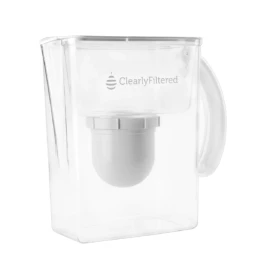For a long time, Nephrologists (kidney doctors) did not agree on what chronic kidney disease was. In 2002, the National Kidney Foundation published its first KDOQI (Kidney Disease Outcome Quality Initiative) guidelines defining chronic kidney disease. It was described as any kidney damage lasting three months or more. Damage to the kidneys damage can be appreciated by:
- Abnormal kidney function of less than 60 ml/min (or 60% as I like to call it since normal kidney function is above 90 ml/min),
- Persistently abnormal urine tests, or
- Abnormal kidney structure as seen on imaging (such ultrasound, CAT scan, etc.).


Our body generate waste products into our blood stream due to the natural process of food and tissue breakdown. Many of these waste products are removed from the blood stream by the kidneys. The term GFR (glomerular filtration rate) is the measure of how the kidneys are doing their job by looking at how much waste is removed by all the filtering units in the kidneys each minute. One of those waste products is called creatinine. It comes from the muscles. Looking at the level of creatinine in the blood helps to figure out the GFR. Some creatinine is put back into the body by the kidney later though. This makes creatinine not the best way to figure out how the kidneys are working.


A lot of equations were developed over the years that uses the blood level of creatinine, gender and race to estimate kidney function or eGFR. Gender and race are used because of the natural differences in the bulk of muscles that produce creatinine. The equation used more than any others is called CKD-EPI equation.

These equations are more right when the kidney’s aren’t working well. The better the kidneys are doing their job, the more wrong the estimation is. If a person is older, overweight, or has a lot of muscles, the results are also not as correct.

The guidelines also staged kidney disease into 5 stages according to the level of kidney function. Stage 1 being GFR of more or equal 90. Stage 5 is a GFR of less than 15.

In 2012, stage 3 GFR was split into stage 3a and stage 3b. The amount of protein in the urine was also added to the staging. This helps looking at the chances of worsening kidney function over time.

In the next blogs, we will talk about the epidemic of chronic kidney disease and our individualized yet comprehensive Integrative medicine approach to kidney health. Visit us at www.inkidney.com/blog to learn more.



